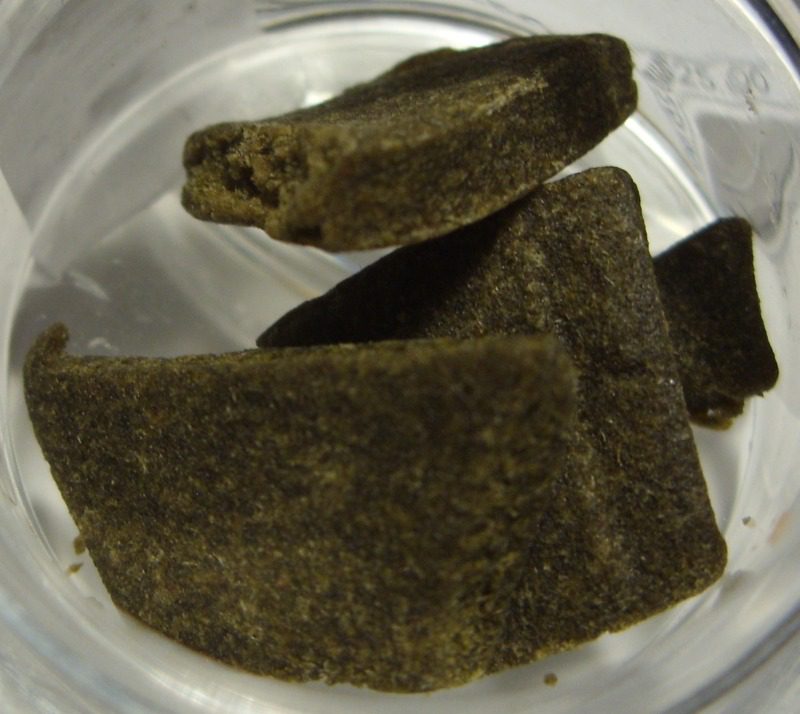Hashish Types
Hashish Types. An ancient concentrate, stands out in the cannabis world for its potency and versatility. Over time, various methods have led to the creation of multiple types, each with distinct characteristics and origins.
Traditional Hand-Rolled
Originating from regions like Nepal and parts of India, this method involves using hands to roll and press the resin from cannabis flowers. The result is a sticky, malleable product. Furthermore, it often has a dark exterior with a greenish or golden hue inside.
Dry-Sieve Method
This method is popular in regions like Morocco. Dried cannabis plants sieved through fine screens, collecting the trichomes. The collected resin is then pressed into slabs or balls. In addition, the quality can vary, with the finest being the first sieve.
Bubble Hash
An intriguing name, right? It’s produced using ice water to separate the resin from the plant material. The mixture is then filtered through bags, resulting in a pure product. Furthermore, bubble hash stands out for its golden color and granular consistency.
Pressed Hash
A common type found across the globe. Resin collected and pressed under high pressure, forming slabs or blocks. Nonetheless, its quality can range from hard, black types to soft, brown ones.
Solvent-Extracted
This method uses solvents, like butane or CO2, to pull the resin from the cannabis plant. Once the solvent evaporates, a sticky, often golden product remains. It’s a favorite among many due to its purity and potency.
A Word of Caution
Remember, legality varies worldwide. Before diving into the world of hashish, acquaint yourself with local laws. It’s paramount to ensure safe and informed decisions.
Wrapping Up
Exploring the diverse types of hashish offers insight into the rich history and innovation surrounding cannabis concentrates. Each type brings its unique flavor, texture, and experience. As research and interest grow, the world of hashish will undoubtedly continue to expand and evolve.
Lastly, Click here to read similar articles.



Add Comment